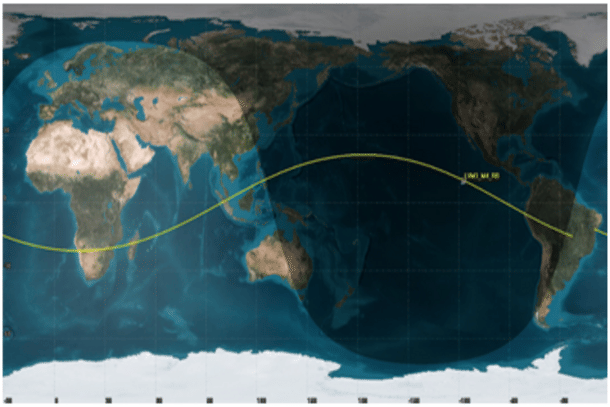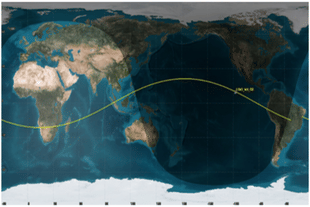News Brief
Parts Of Chandrayaan-3 Rocket Launcher Makes Unplanned Re-Entry Into Earth's Atmosphere: ISRO
Nayan Dwivedi
Nov 16, 2023, 12:07 PM | Updated 12:02 PM IST
Save & read from anywhere!
Bookmark stories for easy access on any device or the Swarajya app.


The cryogenic upper stage of the LVM3 M4 launch vehicle, a crucial component in the successful deployment of the Chandrayaan-3 spacecraft into orbit on 14 July earlier this year, experienced an unplanned re-entry into Earth's atmosphere on Wednesday (15 November), as disclosed by the Indian Space Research Organisation (ISRO) and reported by NDTV.
The event unfolded at approximately 14:42 IST, and the anticipated impact point was situated over the North Pacific Ocean.
Notably, the trajectory did not traverse Indian airspace.
This occurrence transpired within 124 days of the initial launch, and the post-mission orbital lifetime of the LVM3 M4 cryogenic upper stage adheres to the "25-year rule" established by the Inter-Agency Space Debris Coordination Committee (IADC), as indicated by ISRO.
The "25-year rule" is a guideline suggesting that objects in low-Earth orbit should naturally re-enter or be removed from orbit within 25 years to minimise space debris.
Following the successful injection of Chandrayaan-3, the cryogenic upper stage underwent a process known as "passivation".
This involves the removal of all residual propellant and energy sources, a precautionary measure aimed at minimising the risks associated with accidental explosions.
The passivation process aligns with space debris mitigation guidelines outlined by both the United Nations and IADC, demonstrating India's commitment to responsible space activities.
In emphasising the commitment to outer space sustainability, ISRO stated, "Passivation and post-mission disposal of this rocket body in adherence to the internationally-accepted guidelines once again reaffirms India's commitment to preserve the long-term sustainability of outer space activities."
Nayan Dwivedi is Staff Writer at Swarajya.





